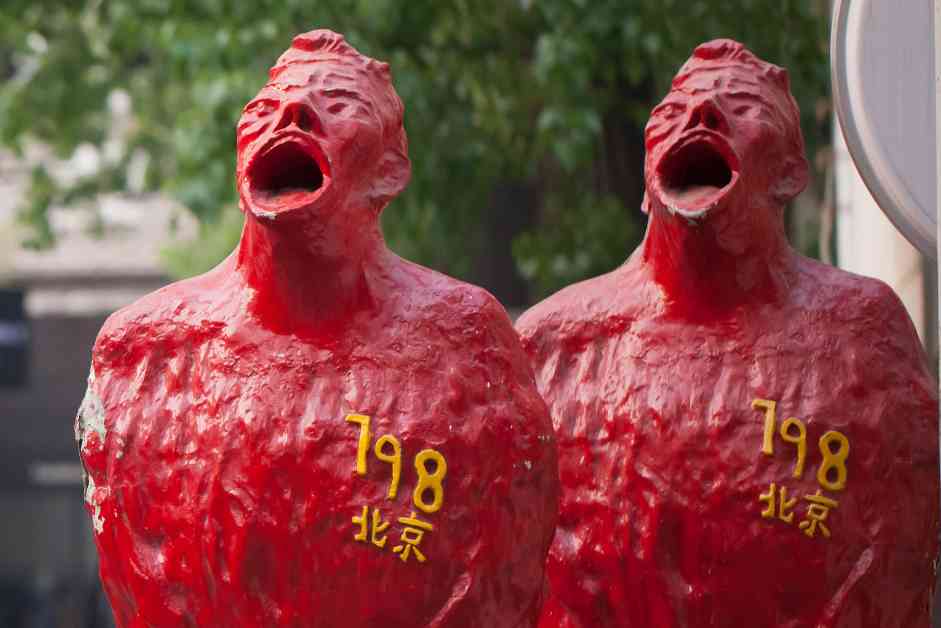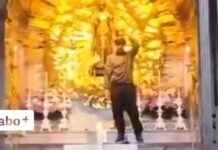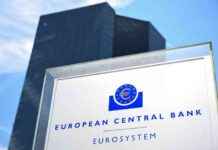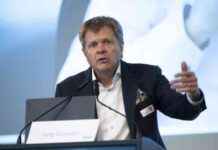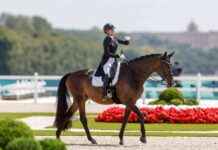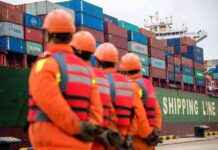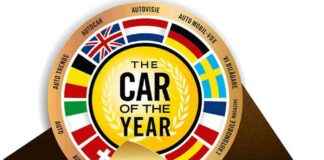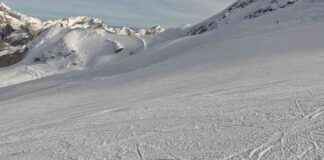Kejia Wu, a scholar and journalist, authored a fascinating book titled A Modern History of China’s Art Market. The book explores the Chinese government’s pursuit of cultural “soft power” and the desire for control. Wu delves into the evolution of the contemporary art market in China post the Cultural Revolution, the dual art systems in China – one state-controlled and the other market-oriented, and profiles five Chinese artists from different generations.
In a conversation with Jeremy Goldkorn in 2023, Wu discussed her book, shedding light on the booming Chinese art market in the 1990s and 2000s. She shared her personal journey into the art scene, which began during her college years in Beijing in the mid-90s, where she was involved in a real estate project that led her to establish a contemporary art center, the East Modern Art Center (远洋艺术中心), in a former textile factory.
The art center quickly gained popularity, attracting artists and performers looking for modern spaces to showcase their work. However, due to a shift in focus towards profitability, the art center was eventually demolished in 2003. This experience propelled Wu into a career in art advisory and academia, eventually culminating in the writing of her book.
Wu highlighted the evolving art systems in China, with a state-controlled system that emphasizes adherence to government guidelines and a private market system that allows artists to exhibit their work through commercial galleries. She explained the increasing scrutiny and censorship in the art world, with stringent regulations on exhibitions and artworks, leading to a growing convergence between the private and state systems.
The discussion touched on the challenges faced by artists in navigating the evolving censorship landscape, with examples of artists adapting to the changing environment by establishing studios overseas. Wu also addressed the potential rise of exiled Chinese artists like Ai Weiwei, who have found global success outside of China’s art market.
Overall, Wu’s insights shed light on the complexities of China’s art market, the interplay between state control and artistic freedom, and the challenges faced by artists in navigating censorship and evolving regulations. Her book provides a deep dive into the historical context and contemporary dynamics shaping China’s art scene, offering a nuanced perspective on the evolution of the country’s art market.
